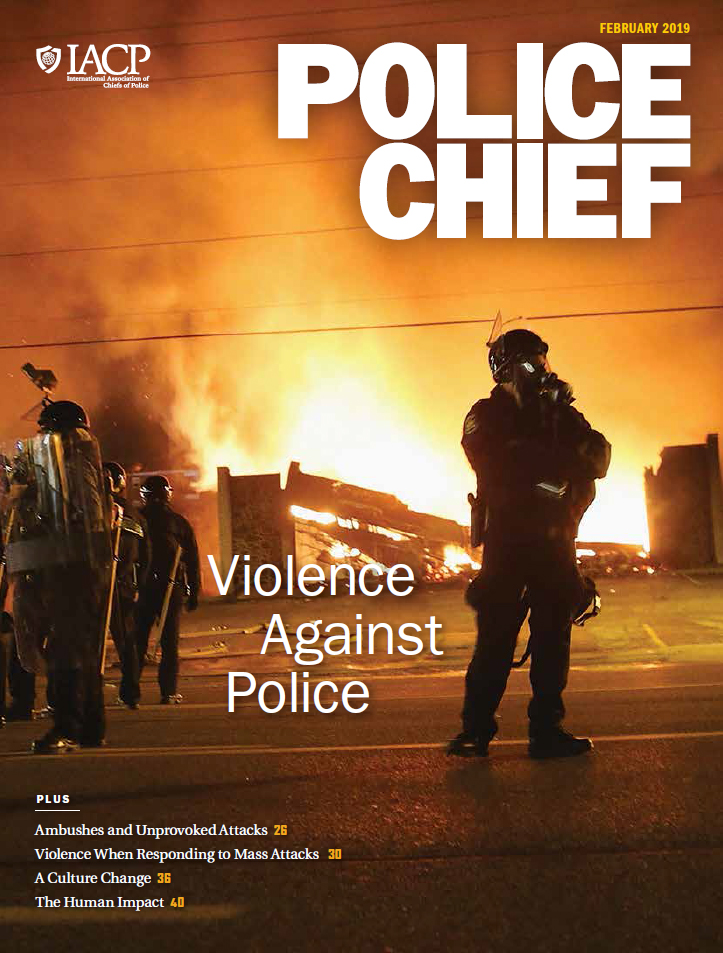

Those pictures mostly went into a museum collection, though some of the material went on the open market. In 2008, a trunk containing a couple of hundred photos and some letters surfaced at a Kentucky yard sale. This isn’t the first such discovery from Weegee’s newshound years, which ran from about 1935 to 1947. “We can see his method: taking several photos of an event, making them into a story, sometimes numbering the margins.” To my knowledge, not one of these pictures has been published for 82 years. “This is when Fellig was Fellig - a hardworking photographer, working constantly,” George says. There are two tenement fires, a couple of nasty car crashes, and at least eight murders represented. (Nights, really.) Nearly all were shot in April and May 1937. I’ve been able to attach about 80 percent of the photographs to particular news stories and thus to particular days. “It’s like discovering 73 unknown poems by Walt Whitman or unearthing a novella by Melville.” Even the second-string photos are pretty good. Christopher George, the archivist who manages the Weegee collection at ICP, agrees: “An extraordinary find,” he told me. To my eye, several of them rank with Weegee’s best work. But most were new to both me and the ICP curators. I’d also found a stray print of one for sale on eBay, and seen another in a Swann Galleries auction catalogue. During the research on my book Flash: The Making of Weegee the Famous, I had seen a few of these photos, or variants of them, in the New York newspapers where they’d originally been published. Not one of these pictures is duplicated in the biggest collection of Weegee’s work, which is his own estate, held at the International Center of Photography. There are 73 prints, and 49 of them bear Weegee’s stamp the unmarked ones too are surely his.

When they hit my in-box, I about fell out of my chair. Eventually, based on some further Googling, Young rigged up a homemade humidifying chamber that allowed him to flatten the photographs - gently - and get them on a scanner. ( I’m Weegee’s biographer.) He couldn’t send me scans because the prints were so tightly curled, but he did send me a snapshot of them, and I recognized Weegee’s handwriting on several of the backs. Five decades ago, he had not been able to Google that name, but in 2019 he quickly discovered that Arthur Fellig was the given name of Weegee, the legendary crime-and-mayhem photographer of mid-century New York. That’s when he noticed that most of them bore a photographer’s stamp on the back: PHOTO BY A. The prints had, over the years, curled up into a tight roll, and he had to slide them apart from one end. Eventually, he moved to Seattle, and the box of photos went into a kitchen cabinet and stayed there.Įarlier this year, he pulled it out for a look. He just liked the look of them, he says now, and he stuck a couple on the wall of his studio with masking tape. In 1970, an artist named David Young bought a box of 1930s news photos at a secondhand store in Philadelphia.

Published in English and Russian, the OSCE Magazine can be accessed on the OSCE website.Photo: © Weegee/International Center of Photography In other articles, experts examine possible solutions to countering religious extremism in Central Asia, focusing on northern Tajikistan and Kazakhstan. perspectives on tackling racism and intolerance on the Internet, with the goal of exploring a middle ground. takes its OSCE commitments seriously in line with these, we are obligated to invite OSCE observers." commentators critical of Washington's decision to invite the Organization to observe next Tuesday's presidential election, he says: "The U.S. He disagrees with arguments that the OSCE applies double standards and that there is a geographic and thematic imbalance in its activities. Minikes surveys current "bold ideas" on how the Organization should evolve. Senior Police Adviser and former New Scotland Yard Commander, Richard Monk, explains in an interview why the OSCE chose Kyrgyzstan as the first country in Central Asia to benefit from the Organization's expertise in democratic policing and why there is no such thing as a "quick fix" in police reform. The Magazine's cover story features the men and women who are playing a dynamic part in implementing the 3.8 million-euro Police Assistance Programme in Kyrgyzstan - the Organization's largest activity of its kind. presidential election, combating the new "cyber-hate", and countering extremism by safeguarding freedom of belief are the main themes of the OSCE Magazine's October issue. views on the future of the OSCE and on its role in observing next week's U.S. VIENNA, 28 October 2004 - Kyrgyzstan's ground-breaking efforts to modernize its culture of policing, U.S.


 0 kommentar(er)
0 kommentar(er)
